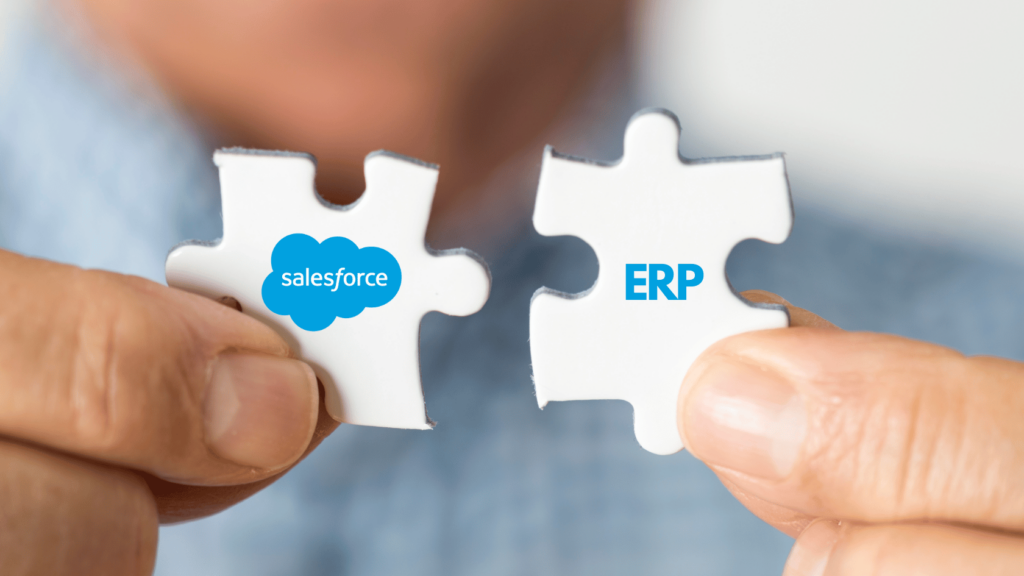
Maximizing Salesforce Potential: Leveraging ISV Partners for Tailored Solutions

In the dynamic landscape of modern businesses, the one-size-fits-all approach seldom proves effective, especially when it comes to optimizing Salesforce for your organization’s unique needs. Salesforce’s Partner Program, featuring independent software vendors (ISVs), offers a tailored solution by enabling the creation of innovative apps on the Salesforce platform. This article explores when and why an organization with Salesforce in place should consider engaging with an ISV Partner.
Understanding ISV Partners:
ISV Partners play a crucial role in the Salesforce ecosystem. As part of the Salesforce Partner Program, they are responsible for building inventive applications on the Salesforce platform, addressing specific business challenges faced by customers.
When to Consider an ISV Partner:
Organization Size and Complexity:
-
- Your organization should ideally have at least 25 Salesforce licenses.
- Complexities arise when entering or retrieving information, indicating a need for a more streamlined solution.
User Feedback and Adoption:
-
- Users express difficulties or reluctance in utilizing Salesforce to its full potential.
- Inconsistencies in data entry and a lack of a comprehensive customer view are signs of intervention.
Integration Requirements:
-
- If your organization seeks to integrate Salesforce with other systems or platforms.
Criteria for Choosing an ISV Partner:
Proven Track Record:
-
- An ISV Partner should showcase a track record of successful solutions implemented for a diverse customer base.
Methodology and Process:
-
- Demonstrable methodologies and processes for solution delivery are essential.
Transparency and Trust of Operations:
-
- Clear communication on pricing, billing, and time to deliver.
Certified Team:
-
- Possession of a certified team with expertise in various roles required for effective delivery.
Once you’ve selected an ISV Partner that is the right fit for your organization, a structured onboarding process will help align the customer’s needs with the capabilities of the chosen partner.
Engagement Onboarding Process:
Audit and Discovery:
-
- An initial audit/discovery process to understand the customer’s needs and pain points.
Collaborative Approach:
-
- Establishing a collaborative approach with a dedicated team from both the customer and ISV Partner for weekly meetings and progress reviews.
Clear Statement of Work:
-
- Creation of a clear statement of work with mutual input from both parties.
Cycles of Work:
Structured Project Schedule:
-
- A detailed project schedule with milestones for solution creation.
Thorough Testing:
-
- Rigorous testing in Salesforce sandboxes before deployment to the production instance.
Data Migration Planning:
-
- If applicable, a well-defined data migration plan with pre-defined templates for review and migration.
With the right ISV Partner in place and proper engagement and onboarding, you can look forward to the following outcomes.
Expected Outcomes:
- Increased user engagement with created records.
- Streamlined data input processes for users.
- Accessible key results through user-friendly dashboards.
Responsibilities and Expectations:
For the Customer:
- Limit assignment to representatives from IT, Sales Operations, Account Executive, and Accounting.
- Active participation in project schedules and timelines.
- Holding the ISV Partner accountable to the contract and project milestones.
For the ISV Partner:
- Providing a solution and talent capable of meeting the specified requirements.
- Ensuring the customer provides necessary team and resources.
- Admitting mistakes and implementing quick corrections.
In conclusion, leveraging an ISV Partner in conjunction with Salesforce can be a strategic move for organizations looking to maximize the potential of their CRM. By understanding the criteria for engagement, responsibilities, and expectations, businesses can foster successful collaborations and achieve tailored solutions that address their unique challenges.
Why WhiteRock?
WhiteRock is an ISV Partner that you can trust and count on. We bring our knowledge of marketing and sales flows, digital transformation, and what “parts to order” for your business into this partnership. At WhiteRock, we take the time to understand your needs and map out a plan to optimize the right solution. As your organization changes over time, you have us to keep your systems aligned. We support you and set you and your systems up for success.
Originally published on LinkedIn.












